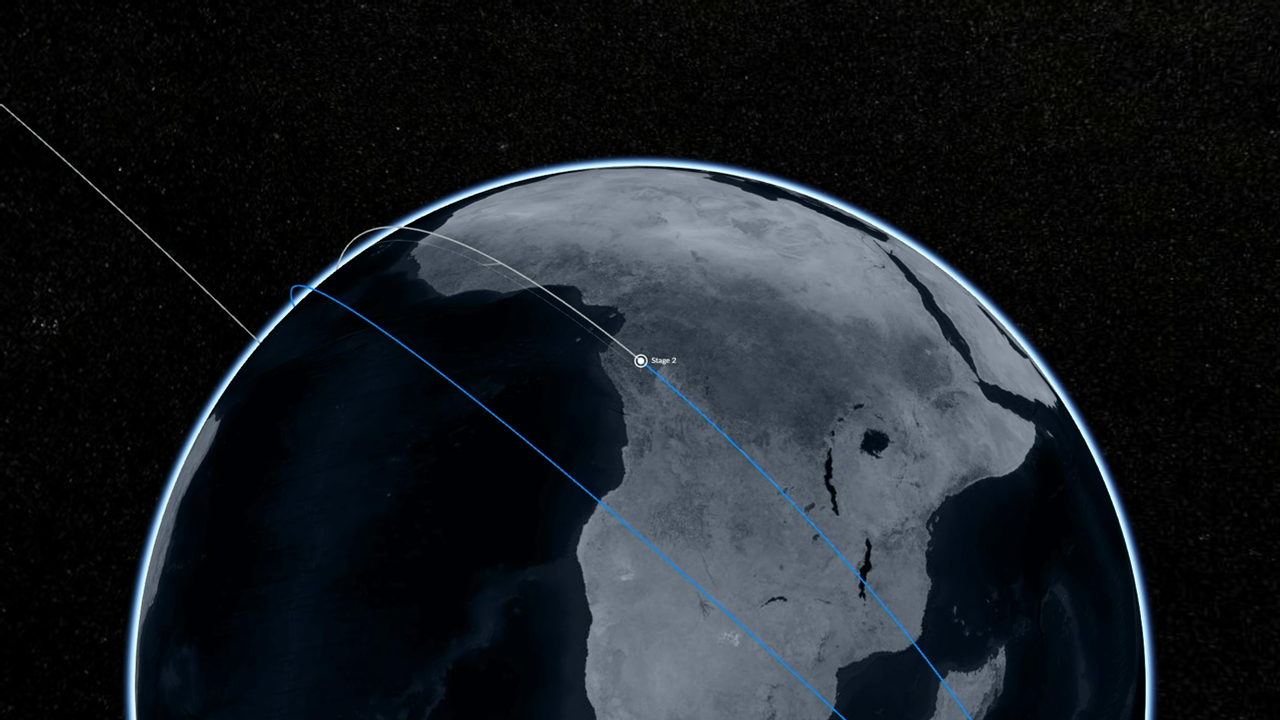Coast Phase Begins
The SpaceX Falcon 9 rocket will continue to coast for approximately 40 minutes, before its second stage ignites for a brief, one minute burn to place the payloads on their correct trajectory. Shortly before 9 a.m. the IMAP (Interstellar Mapping and Acceleration Probe) observatory will separate from the rocket.
The IMAP mission will map the boundaries of our heliosphere, the vast bubble formed by the Sun’s wind that surrounds and protects our entire solar system. The IMAP mission will investigate how the heliosphere interacts with interstellar space and chart the range of particles that occupy the space between planets. In addition, will provide near-real-time observations of the solar wind and energetic particles. These particles can drive hazardous conditions in space that poses risks to spacecraft and other NASA hardware, particularly as the agency explores deeper into space, including missions to the Moon under the Artemis campaign.
NASA’s Carruthers Geocorona Observatory will capture images of the ultraviolet glow of Earth’s exosphere, the outermost region of our planet’s atmosphere. This data will help scientists better understand how solar activity and space weather influence the exosphere and, ultimately, affect conditions on Earth. The first observation of this glow — known as the geocorona — was captured during the Apollo 16 mission using a telescope designed and built by George Carruthers and deployed on the Moon.
National Oceanic and Atmospheric Administration’s (NOAA) Space Weather Follow On – Lagrange 1 (SWFO-L1) also will travel to Lagrange Point (L1) to monitor space weather conditions that could impact Earth. Equipped with a suite of instruments, SWFO-L1 will perform real-time measurements of the solar wind, -thermal plasma, and the magnetic field. It will also carry a Compact Coronagraph instrument to detect coronal mass ejections, serving as an early warning beacon for potentially disruptive space weather events.



























